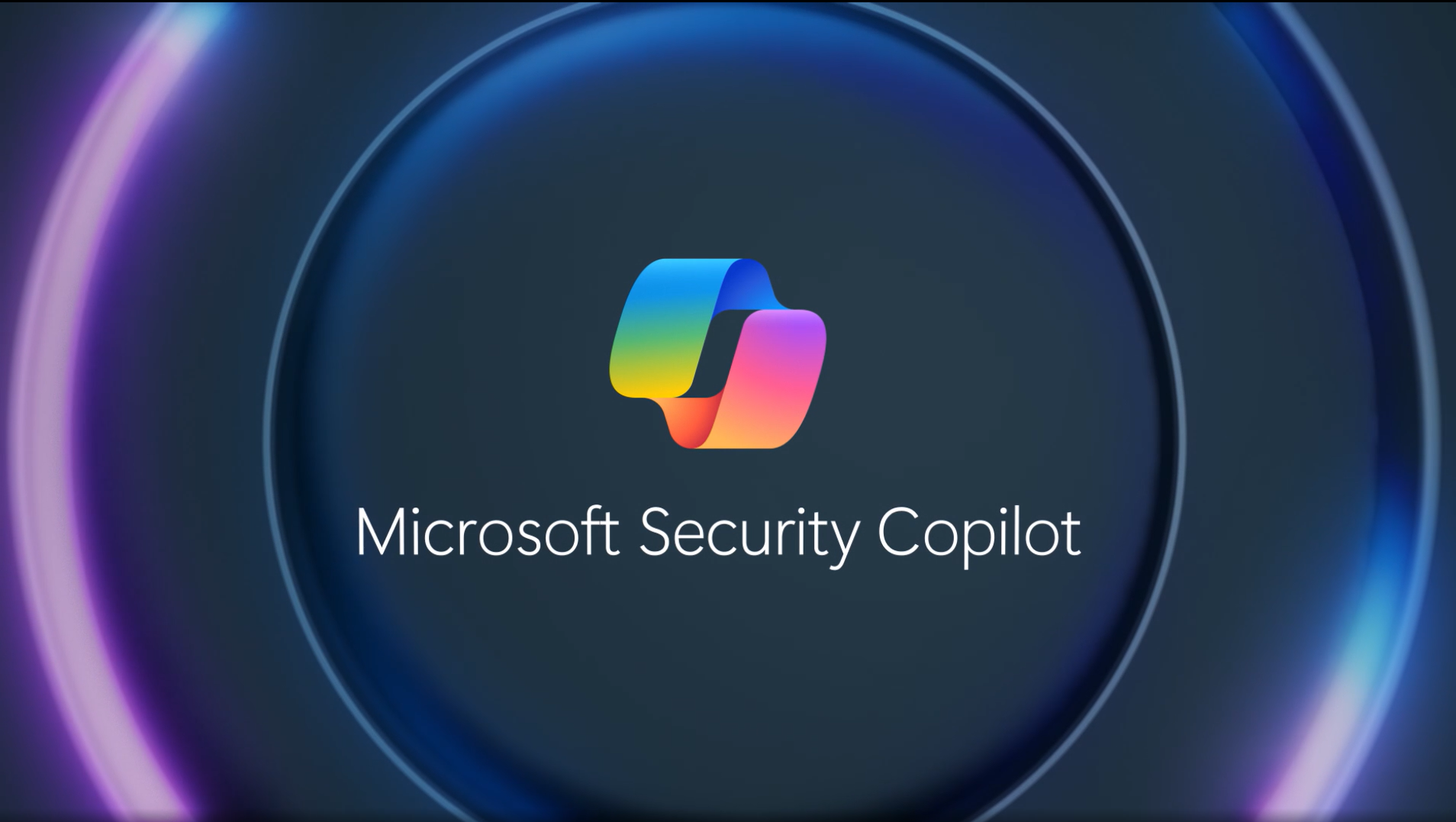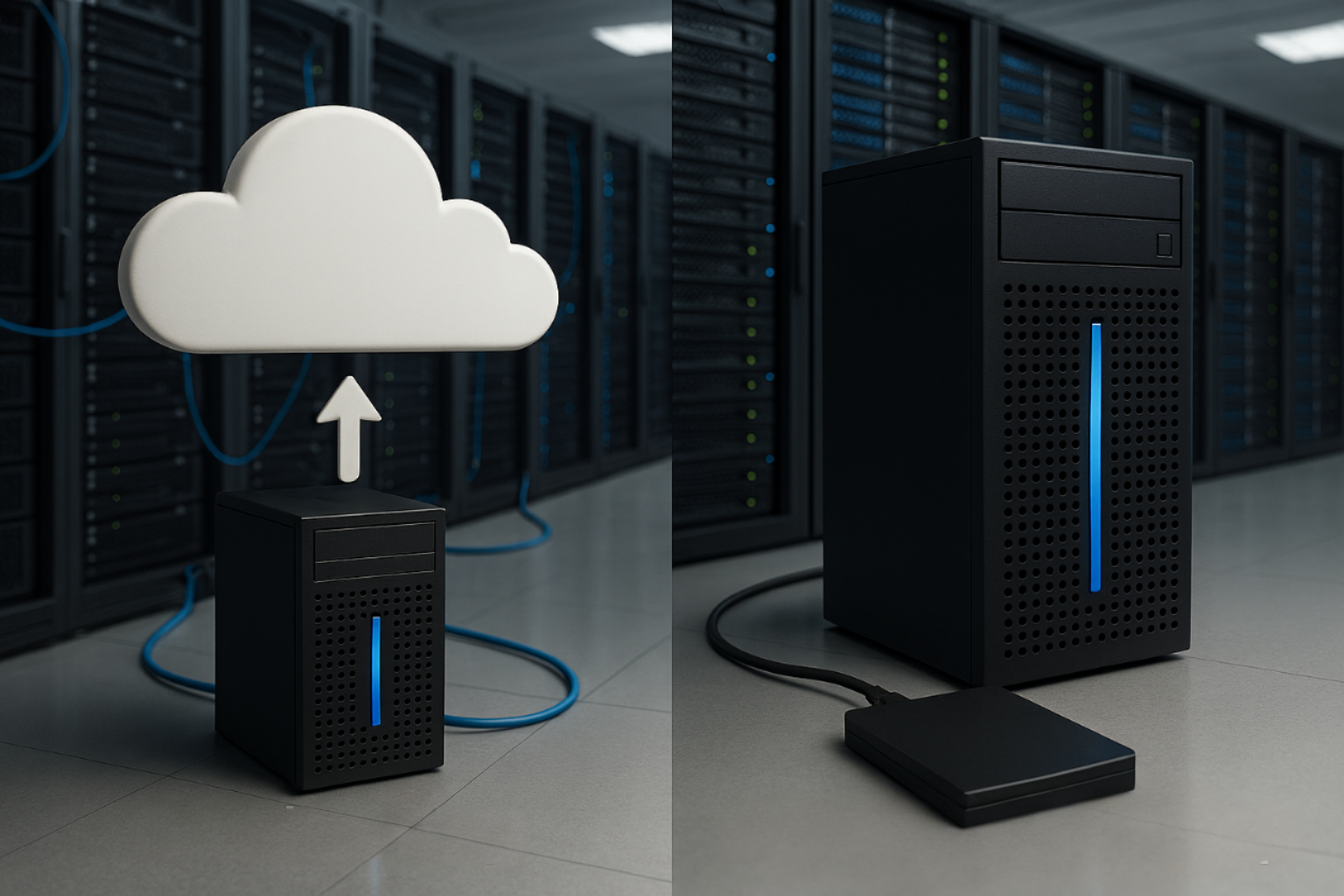Top Takeaways from Acronis Partner Day 2025: Insights, Innovation & Inspiration
Following an energising day at the Acronis Partner Day 2025, we’re excited to share some of the key insights that truly stood out to us. As Acronis Platinum Partners, being part of this event is not just about staying up to date, it's about staying ahead.
The sessions brought valuable updates around cybersecurity, disaster recovery, AI-powered automation, and evolving backup strategies. Here’s a deeper look at some of the most impactful takeaways that our team, Matt and Mike, took from the day:
🔄 1. Direct Backup to Microsoft 365 – Every 10 Minutes
One of the standout innovations discussed was direct backup to Microsoft 365 storage (via Azure), offering snapshot intervals every 10 minutes. This minimises the risk of data loss between standard daily backups, ideal for protecting dynamic data environments. It allows bulk recovery without API throttling for various Microsoft 365 services such as Exchange Online, OneDrive and SharePoint Online.
📌 Note: While incredibly powerful for large-scale restore, this is still an all-or-nothing recovery. You cannot restore a single item (like one email), but entire mailboxes or sites can be recovered.
🌐 2. Disaster Recovery to Azure – Not Just Acronis Cloud Anymore
A big move: Disaster Recovery into Microsoft Azure is now supported. This allows customers to take advantage of Microsoft licensing benefits, native networking, and seamless integration with existing Azure environments.
Also on the horizon is support for Warm DR, a new option designed to significantly reduce recovery time objectives (RTO) by keeping virtual machines running in standby and syncing changes continuously.
📌 Note: While Warm DR comes at a higher monthly cost, it enables rapid failover without the delays of a full VM restore, which is typical in traditional DR setups hosted in the Acronis data centre. For business-critical systems, the trade-off is clear: faster recovery can often mean avoiding much larger revenue losses during extended downtime.
🗃️ 3. Email Archiving – One Console to Rule Them All
Acronis' upcoming Email Archiving feature eliminates the need for separate systems or additional infrastructure. By consolidating everything into a single platform, it enables powerful search functionality, flexible retention policies, and legal hold capabilities. This unified approach simplifies compliance with regulations like GDPR, HIPAA, and NIS2, while seamlessly integrating archiving into the broader Acronis ecosystem.
🆔 4. Entra ID Backup – A Future-Proofing Feature
As identity becomes the new perimeter, Entra ID (formerly Azure AD) backup is a smart addition. Protecting identity data ensures resilience against accidental deletion or misconfiguration, especially critical for hybrid and cloud-native environments.
🛡️ 5. Security Awareness Training – Practical, Engaging, Effective
With Acronis’s new Security Awareness Training, organisations can meet regulatory and industry compliance requirements more easily. Since your users are the first line of defence, this feature empowers them through engaging, bite-sized security training, phishing attack simulations, and assessments.
📌 Note: This not only helps protect organisations but also saves time and reduces training costs, all while fortifying overall security postures.
🧠 6. CyberFit 2.0: Making Compliance Easier
CyberFit is getting an upgrade! The new CyberFit 2.0 enables quick and easy assessments across all workloads, evaluating them against essential security configurations like antivirus protection, firewalls, disk encryption, and more. It now checks more services and configuration baselines, giving you a more holistic view of how secure a given endpoint or workload really is.
🤖 7. AI-Driven Automation & Runbooks
Automation stood out as a recurring theme, especially the introduction of AI-Based Patch Assessment, Alert-Based Automated Runbooks, and the ability to test and validate DR with AI screenshot comparison.
These features could significantly reduce time-to-response and error margins in crisis scenarios, making Acronis more than just a backup provider, it’s becoming a full operational resilience platform.
💡 Final Thoughts
We asked the team to share their personal highlights from the day! Here’s what Matt and Mike had to say:
Matt – “Exciting to see all the new features being introduced to the Acronis portal, removing the need to jump through multiple systems. Their large integration options bring everything into an easy-to-use platform. The biggest takeaways for me are the introduction of Warm DR into Azure and the AI-based Patch Assessments. So many new cool things! I couldn’t fit it in here even if I tried!”
Mike – “As someone new to the backup, disaster recovery and cybersecurity space, I found it inspiring to hear each speaker explain its importance and share the innovative methods being developed to ensure business continuity.
It was clear the team is passionate about protecting customer data and livelihoods, while also giving back through the Acronis Cyber Foundation Program, which seeks to empower those communities through the constructions of schools, IT skills training and other initiatives aimed at equipping them with the tools to embark on their own journeys into this ever growing ecosystem.
I’m excited to be part of this community and look forward to contributing to its future growth.”
The team walked away with fresh inspiration, tactical insights, and a reaffirmed belief that the future of cyber protection is increasingly integrated, automated, and intelligent.
A huge thank you to Acronis and the amazing partner community for the insights, connections, and innovation. Let’s keep moving the industry forward together!
Whether you're an existing Acronis customer or just exploring your options, feel free to get in touch via our contact form to arrange an obligation-free chat with our team.
We're always happy to help you find the right fit for your business!











